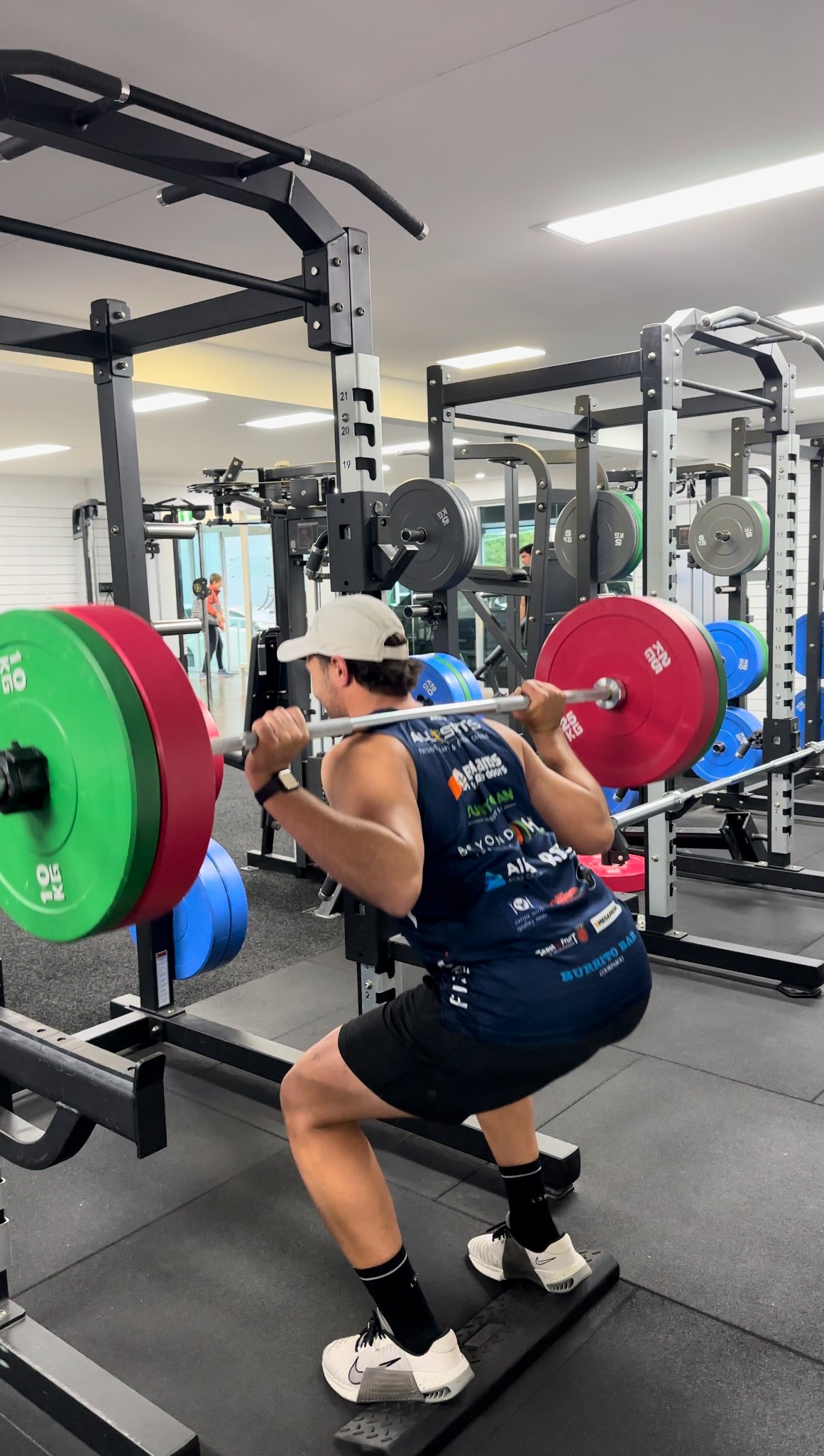
Performance Testing
At The Reform Lab Osteopathy we are passionate about athletic development! We use sports science testing equipment from Vald, to measure athletic baselines and your improvements from our strength & conditioning programs.
Our sports osteopath Jackson is also a qualified strength and conditioning coach. It is something that makes him a unique sports practitioner. Jackson is able to see you prior to injury and through his strength and conditioning knowledge, make you more resilient to injury, and improve your sports performance.
This is the way of the future in healthcare! A proactive approach that reduces the burden of injury for all athletes.
Improve your performance by getting stronger, becoming more powerful, more explosive, run faster, jump higher, and change direction efficiently. This can all be done with a well structured strength and conditioning program from a qualified coach like Jackson. The bonuses of strength and conditioning are that you will reduce your injury risk! A lot of injuries can be significantly mitigated with our approach to strength & conditioning. Significant injuries to the field and court based athlete, include ACL tears, ankle sprains, shoulder dislocations, back injuries, and soft tissue injuries like hamstring strains, quadriceps strains, calf tears and groin strains.
The best athlete is the athlete who is available to participate in their sport. Do not waste your potential by always being injured. Be available to play your sport and do it at a higher level.
What you get out of our performance testing session
Identify your performance STRENGTHS and WEAKNESSES
Understand where you need to physically improve from your test scores
Sports focused osteopath and S&C coach observing how you perform these physical movement patterns
Movement screening which can identify potential injuries from poor motor patterns & advice on how to improve
Gives your rehab osteopath objective data on your pre-injury performance outputs
Advice on what exercises can improve your weaknesses
Visual data that we can pass onto your coach/ or personal trainer
Potential private health rebate if you have osteopathy as an extra in your health fund policy
What tests do we perform in our performance testing?
Isometric Mid-Thigh Pull (IMTP) - The isometric mid-thigh pull is a reliable and efficient test to measure an athletes maximal force that they can produce. Therefore, it is a great test to measure maximal strength. Strength facilitates all aspects of strength & conditioning (power, speed, jump height, change of direction). The IMTP can also give us measurements of the athletes power and rate of force development (RFD). The IMPTP can also highlight asymmetries in leg strength, which gives us insight into injury risk.
Counter-Movement Jump (CMJ) - This is a simple and reliable test to measure lower body power production and jump height. This test utilises elastic energy that we produce from the eccentric movement of a jump, to help spring ourselves into the air. This test utilises the stretch shortening cycle as a result of this elastic energy, making it a tendon dominant movement of the lower limb. This test can also give us insight into jumping technique, and which leg you prefer to jump and land with.
Squat Jump - The squat jump test is like the CMJ test, however it does not utilise the stretch shortening cycle to assist jumping. The squat jump is used to measure lower body power and jump height. The squat jump test gives us insight into an athletes muscular strategies to produce the jump.
Drop Jump Test - The drop jump is an excellent test to measure the Reactive Strength Index (RSI). The RSI is a metric that calculates an athletes jump height over their ground contact time. This therefore, shows us how quickly the athlete can apply force into the ground and their ability to cope with plyometric exercises. It is a great indicator of an athletes plyometric function. An athletes reactive strength, directly correlates with their agility and change of direction speed.
Single Leg Hop - This test measures asymmetries in lower limb strength and how high each leg can produce force whilst performing the jump/hop. Jumping off one leg is a movement most sports utilise, so it is crucial we assess this movement. This particular test is a hurdle requirement when returning people to sport post ACL injury. If we can get pre-injury data, this allows us to know the minimum baseline of your individual capacity to hop.
Isolated Quadriceps & Hamstring Muscle Strength - We use a force gauge to accurately measure peak muscle force/rate of force development in the quadriceps and hamstrings. These muscles are commonly strained in many field and court based athletes, so a measurement gives us potential pre-injury baseline data. These muscles are crucial in ACL management, so if we identify weaknesses, we can be proactive and potentially reduce ACL injury.
Push Up Test - The push up test highlights an athletes ability to push through their upper body. We calculate peak muscle strength and the rate of force development through this upper body performance test. It also gives us information into muscular asymmetries in force production.
